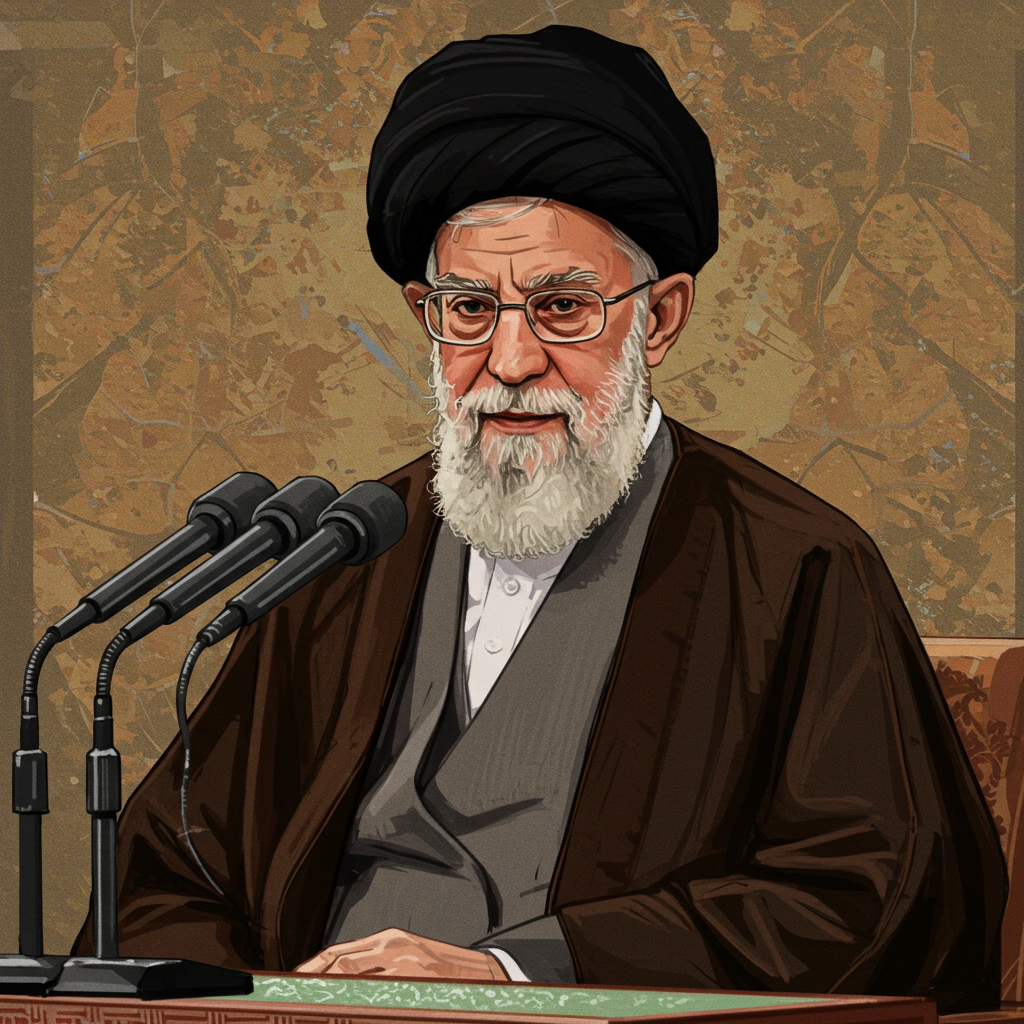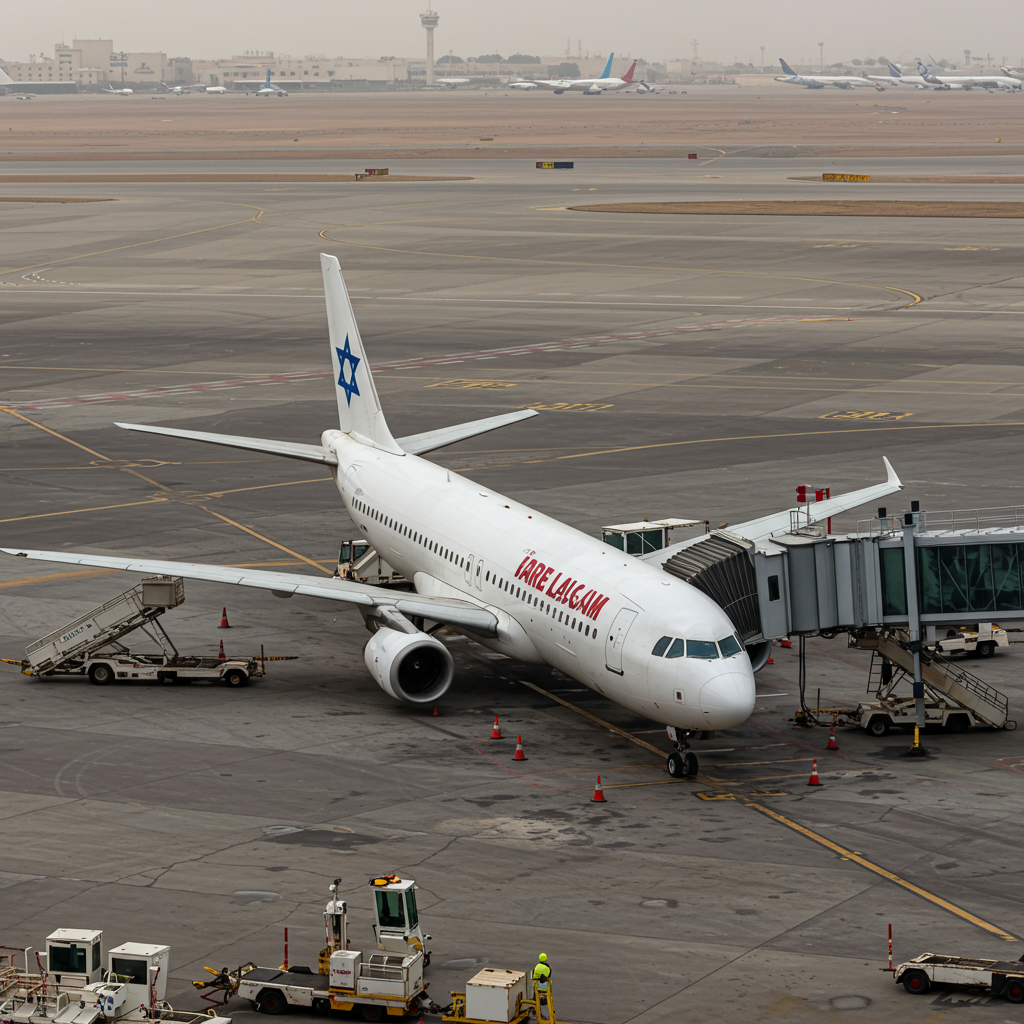In a strategic display of “automotive diplomacy,” Japan’s then-Prime Minister Sanae Takaichi once leveraged an unlikely symbol – the American Ford F-150 pickup truck – to cultivate rapport with visiting U.S. President Donald Trump. This innovative gesture, unfolding in the courtyard of Tokyo’s Akasaka Palace during their critical talks on October 28, 2025, underscored Japan’s nuanced approach to strengthening intricate US-Japan relations amid shifting global trade dynamics. The F-150, a quintessentially American icon, became more than just a vehicle; it transformed into a powerful diplomatic instrument, reflecting a sophisticated understanding of cultural symbolism in international politics.
The F-150: An Unconventional Diplomatic Symbol
Japan’s landscape is typically characterized by small, efficient vehicles. Think of the tiny white trucks local farmers use to navigate their narrow rice field roads. Yet, Prime Minister Takaichi chose a starkly different automotive emblem for her overture to President Trump. Alongside other U.S.-made cars, the enormous Ford F-150 took center stage, strategically placed where the leaders held their initial discussions.
“Automotive Diplomacy” in Action
This wasn’t merely a show of hospitality. It was a calculated act of “automotive diplomacy.” President Trump, a known enthusiast of the Ford F-150, reacted with visible enthusiasm. He lauded Takaichi’s “good taste,” calling the truck “hot.” His positive response to the prospect of Japan’s government acquiring dozens of these pickups highlighted the immediate impact of the symbolic gesture. The F-150, widely celebrated in the United States for its rugged performance and long-standing popularity, embodies American manufacturing prowess and cultural identity. By featuring such a powerful American symbol, Japan aimed to build common ground and resonate with key American political figures, transcending traditional diplomatic methods.
Navigating Complex Trade Waters: Japan’s Strategic Overture
The F-150 incident was part of Japan’s broader strategy to improve economic ties with Washington. It also aimed to solidify a strong relationship with President Trump. The gesture came against a backdrop of complex trade relations. Earlier tariff threats from the Trump administration had disrupted the global economic landscape. Trump’s “America First” agenda consistently pressed allies to increase purchases of American goods. He also pushed for significant financial commitments to build factories and energy infrastructure within the United States.
Trump’s “America First” Pressure and Tariff Threats
Japan’s previous administration had already agreed to a massive $550 billion investment in the U.S. in September. This commitment prompted Trump to reduce a threatened 25% tariff on Japanese goods to 15%. However, Japan desired these substantial investments to primarily benefit Japanese vendors and contractors. This delicate balance underscored Japan’s intent to appease and cooperate while safeguarding its own national economic interests. The F-150, therefore, emerged as an unlikely yet potent symbol. It demonstrated Japan’s strategic endeavors to navigate intricate international trade and diplomatic waters. This creative approach exemplifies how nations utilize cultural symbols to foster mutual understanding and strengthen diplomatic bonds.
Why American Cars Struggle in Japan: Beyond Strict Standards
Despite this diplomatic overture, the general presence of large American automobiles in Japan remains limited. President Trump often attributed this to strict Japanese vehicle safety standards. However, industry experts and former Japanese officials point to more practical and cultural reasons. Japan, a country smaller than California, faces unique urban planning challenges.
Practical Roadblocks and Cultural Preferences
Japan’s numerous narrow streets and limited parking facilities naturally lead consumers to favor compact or mini cars. These smaller vehicles are far better suited for navigating crowded urban and rural environments. Furthermore, a significant practical hurdle is the steering wheel configuration. Most American vehicles feature left-hand drive, a contrast to Japan’s standard right-hand drive. This difference creates practical inconveniences, such as at expressway toll booths located on the right side.
Lower fuel efficiency and a lack of comprehensive maintenance and service networks also hinder American brands. Former Prime Minister Shigeru Ishiba highlighted this in parliament, stating that American cars fail to sell well because they “lack understanding for road conditions and housing situations, as well as energy conservation.” Even Japanese consumers who purchase more expensive foreign cars often opt for compact or medium-sized European models from brands like Mercedes-Benz, BMW, Volkswagen, and Audi. While sport utility vehicles are gaining popularity in Japan for families and outdoor activities, buyers typically prefer smaller, more stylish designs. Jeep stands out as an exception, noted by the Japan Automobile Importers Association as the top-selling American brand, excluding American-produced Japanese marques.
Broader Horizons: Beyond Pickups in US-Japan Collaboration
The discussions between President Trump and Prime Minister Takaichi extended far beyond symbolic car purchases. Their agenda covered a wide array of critical security and trade issues. The F-150, while prominent, was a single thread in a much larger tapestry of bilateral cooperation. This holistic approach aimed to solidify the partnership across multiple sectors.
Key Investment Areas: Shipbuilding, Energy, and Critical Minerals
A significant area of proposed collaboration was shipbuilding. Japan and the U.S. planned to sign a memorandum of understanding (MOU) outlining Tokyo’s commitment to help expand U.S. shipbuilding capacity. This initiative was part of the previously agreed $550 billion investment deal. A joint working group would be formed to finalize specifics, focusing on boosting competitiveness and standardizing ship designs. Power infrastructure was also identified as a key sector for Japanese investment. U.S. Commerce Secretary Howard Lutnick emphasized the increasing demand for electricity driven by artificial intelligence, necessitating new power stations in the U.S.
Japan also aimed to boost imports of U.S. soybeans. This action intended to alleviate financial losses for American farmers following a sharp reduction in soybean purchases by China. Japan already imported approximately 70% of its soybeans from the U.S. Increasing these supplies might require reducing imports from other countries like Brazil. In the energy sector, Japan intended to expand its liquefied natural gas (LNG) imports from the U.S. While not immediately including the proposed $44 billion Alaska LNG pipeline, the project was seen as a promising candidate for future investment. U.S. Treasury Secretary Scott Bessent urged Tokyo to phase out its purchases of Russian LNG, which constituted about 9% of Japan’s total fuel imports.
Cooperation on rare earths and critical minerals was another anticipated agreement. This aimed to bolster industrial supply chains, a move prompted by China’s tightening export controls. These minerals are crucial for modern technologies, from smartphones to fighter jets. Such collaboration strengthens economic resilience and reduces reliance on single sources.
Defense and Security Commitments
Prime Minister Takaichi was also expected to convey Japan’s readiness to assume a greater security burden. This followed Japan’s recent pledge to accelerate its largest defense buildup since World War Two. Japan already hosts the largest concentration of U.S. forces overseas. This includes an aircraft carrier, a Marine expeditionary unit, and numerous fighter jets. While no firm commitment to immediately exceed the 2% of GDP defense spending target was anticipated, the direction was clear. This demonstrated Japan’s evolving role in regional and global security. Public broadcaster NHK also reported that Toyota Motor might announce plans to import U.S.-made vehicles into Japan during Trump’s visit. This, if confirmed, would align with broader efforts to address Japan’s trade surplus with the U.S.
The Power of Symbolic Gestures in Modern Diplomacy
Japan’s incorporation of the Ford F-150 into its diplomatic efforts with the U.S. illuminates the changing landscape of international relations. It underscores how cultural symbols and economic interests increasingly intersect to influence diplomatic outcomes. The F-150 became a tangible representation of Japan’s acknowledgment of powerful American cultural symbols. This proactive, nuanced approach to engaging with high-profile figures goes beyond conventional statecraft.
This strategy suggests that cultural representations can serve as bridges between nations. They facilitate mutual understanding and foster connections through shared symbolism. The unique diplomatic gesture highlights the critical importance of cultural references and symbolic actions in international relations. It showcases the intricate and often indirect strategies nations employ to forge meaningful alliances and achieve foreign policy objectives. Business and politics are increasingly intertwined, with commercial products rising to the status of diplomatic tools.
Frequently Asked Questions
Why was the Ford F-150 used as a diplomatic gesture by Japan?
Japan’s then-Prime Minister Sanae Takaichi strategically displayed a Ford F-150 to build rapport with U.S. President Donald Trump, a known admirer of the truck. This act, part of “automotive diplomacy,” leveraged the F-150 as a powerful American cultural symbol, signifying respect for American preferences and interests. It aimed to strengthen US-Japan economic ties and manage complex trade relations, serving as an unconventional yet effective way to establish common ground and influence bilateral discussions.
What are the main challenges for American car brands selling in Japan?
American car brands face several hurdles in Japan. Japan’s narrow roads and limited parking favor compact vehicles, contrasting with larger American models. Most American cars are left-hand drive, inconvenient for Japan’s right-hand drive system (e.g., at toll booths). Lower fuel efficiency, a lack of extensive maintenance and service networks, and a consumer preference for smaller, more stylish SUVs or European luxury compacts further limit sales. Former PM Shigeru Ishiba cited a lack of understanding for local road conditions and energy conservation as key issues.
How does Japan aim to strengthen economic ties with the US beyond car purchases?
Japan is engaging the US through multifaceted economic strategies. Key initiatives include a commitment to expand U.S. shipbuilding capacity as part of a $550 billion investment, and exploring investments in power infrastructure to meet rising electricity demands. Japan also plans to boost imports of U.S. soybeans to support American farmers and increase liquefied natural gas (LNG) imports from the U.S. Additionally, cooperation on rare earths and critical minerals aims to bolster industrial supply chains, reducing reliance on single sources and enhancing economic resilience.
The Ford F-150’s brief but impactful moment in Tokyo symbolizes a critical chapter in US-Japan relations. It highlights Japan’s readiness to employ innovative diplomatic tactics to navigate complex international trade and security landscapes. This episode underscores how culturally resonant products can transcend their commercial value. They become potent symbols in the intricate dance of global diplomacy, fostering understanding and strengthening alliances in an increasingly interconnected world. The broader agenda of shipbuilding, energy, and defense commitments further illustrates the depth of the strategic partnership.



